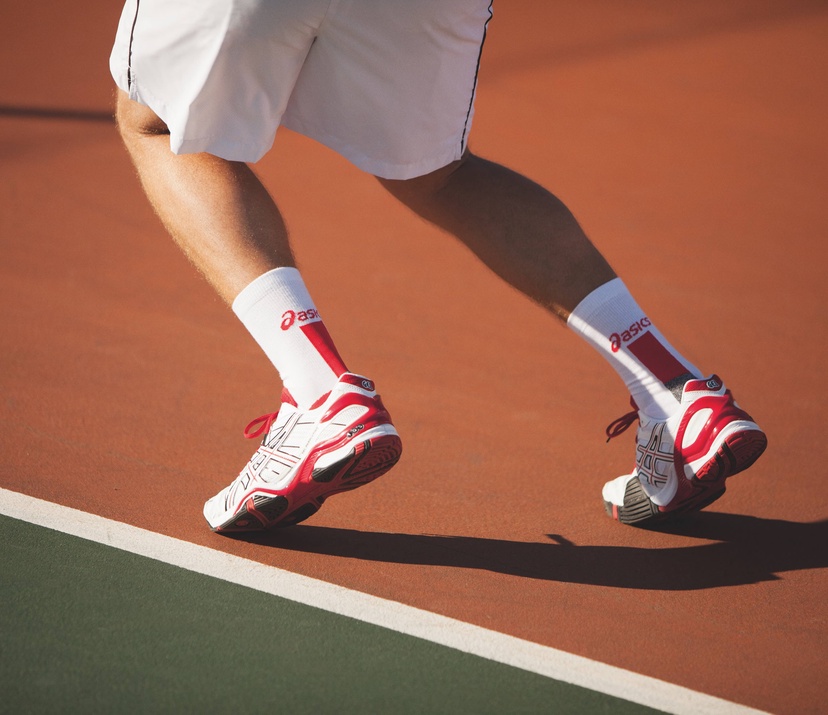Motor capacity expressing strength is carried out through the only active action that the muscular system can perform: contraction, which happens on a fibre-level and makes it the engine that moves our body.
This allows tennis champions to launch the ball at speeds well over 200Km/h, and is a complicated system of nervous impulses and biochemical reactions that takes place inside the muscle cells.
This article describes some exercises that are useful for improving Strength Capacity in the lower limbs.
In modern tennis there is an increasingly pressing need for an individual player to develop, increase, and maintain their Strength Capacity. The on-going growth of tennis worldwide, in addition to improved teaching methods and the use of innovative materials such as rackets, balls, and clothing used on court, has seen the development of new techniques focusing on producing increasingly faster and more coordinated movement. Tennis players have to sprint, change direction, stop, hit the ball accurately, and continue the rally with increasing Strength, in as much as the speed and accuracy of the game can only be achieved through muscular action.
1. "Reinforced" Squat : While standing with your feet on a balance board, bend your legs fully while holding two heavy dumbbells at your sides. The need to maintain balance on the board makes the muscular system work harder, obtaining the same benefit as if your feet were on the ground but without overloading your back with heavy barbells. Carry out between 3 and 5 sets of 8 to 10 repetitions with dumbbells corresponding in weight to approximately 20-30% of your body weight.
2. Forward bends: While standing with your legs together, take a big step forwards while bending your knees, and, with a forceful downward thrusting action with the same leg, return to the starting position. These bends can be carried out holding two dumbbells corresponding in weight to approximately 15-20% of your body weight. Carry out 3 sets of between 10 and 12 bends for each leg. Pay careful attention to the position of the chest, which must remain upright, and constantly check the position of the front foot.
3. "Leaps": While standing with your back to the net and your legs apart across the tramlines, hop forward with both legs until you reach the baseline. This exercise forcibly and flexibly pushes your lower limbs to the ground, while pushing your arms forwards. Repeat the distance from the net to the baseline between 3 and 5 times.



